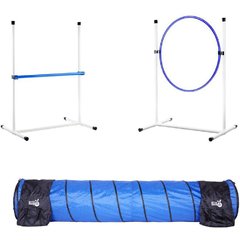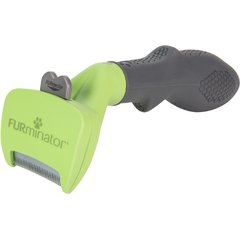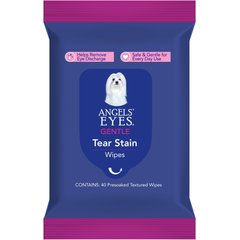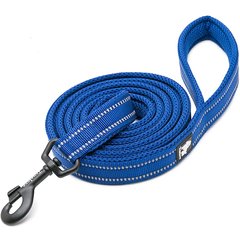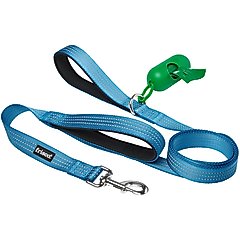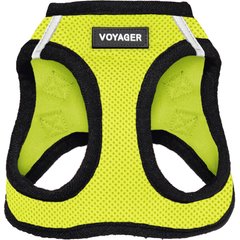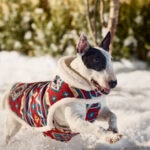10 Japanese Dog Breeds With Long and Storied Histories
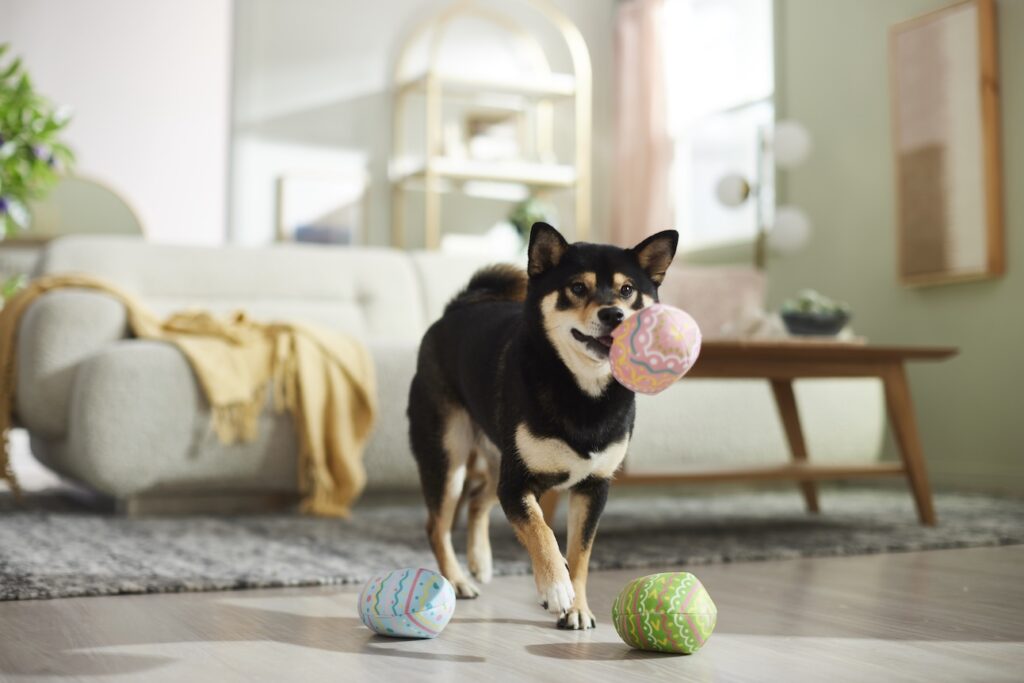
Photo by Chewy
Japanese dog breeds come in all shapes and sizes, from the Japanese Chin (who’s as tiny as 10 pounds) to the Tosa, the Sumo wrestler of the group (whose weight reaches triple digits).
The following breeds have roots in Japan, and six are even classified as living natural monuments. Wondering which Japanese dog breed is right for you? Dive into some of their main traits and characteristics below.
Key Takeaways
- Japanese dog breeds vary widely in size, personality, grooming needs, and energy level.
- Ten breeds have roots in Japan, but six are designated as “living natural monuments.”
- Some Japanese dogs, like the Shiba Inu and Akita, are fairly common in the U.S., while others are much rarer.
Japanese Dog Breeds
1. Akita
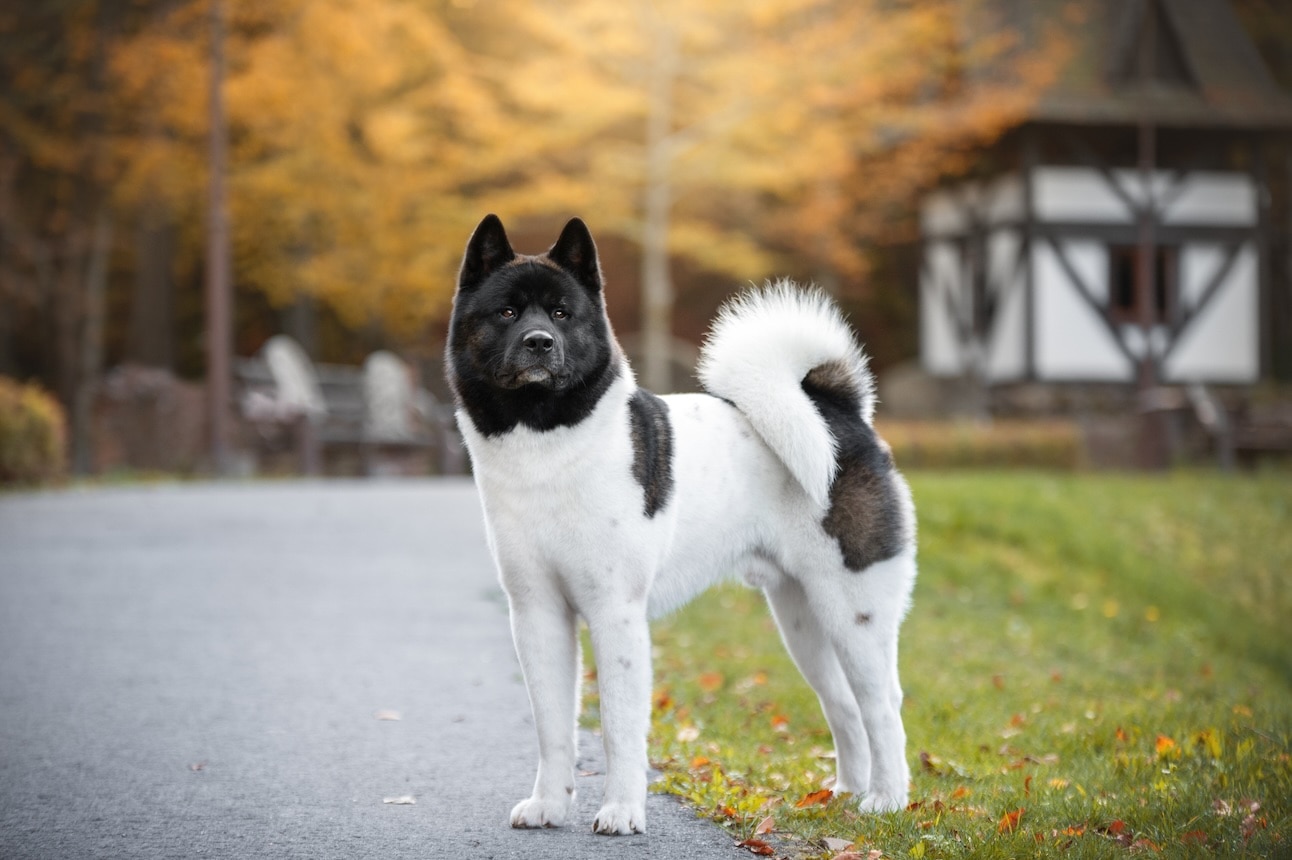
Photo by Kristina Chizmar/iStock / Getty Images Plus via Getty Images
- Size: 70–130 pounds
- Life expectancy: 10–14 years
- Temperament: Intelligent, introverted, loyal
Akitas are known for being loyal dogs and having a good bit of energy. Still, this dog breed tends not to be very social, so socializing your puppy is especially important so they learn that new things are not threats. But in general, these dogs are best suited for calmer households.
While they can grow to be more than 100 pounds, Akitas can still adapt well to smaller homes if you don’t have a lot of space or live in a big city. That said, they need their exercise and would love multiple long walks each day.
2. Hokkaido
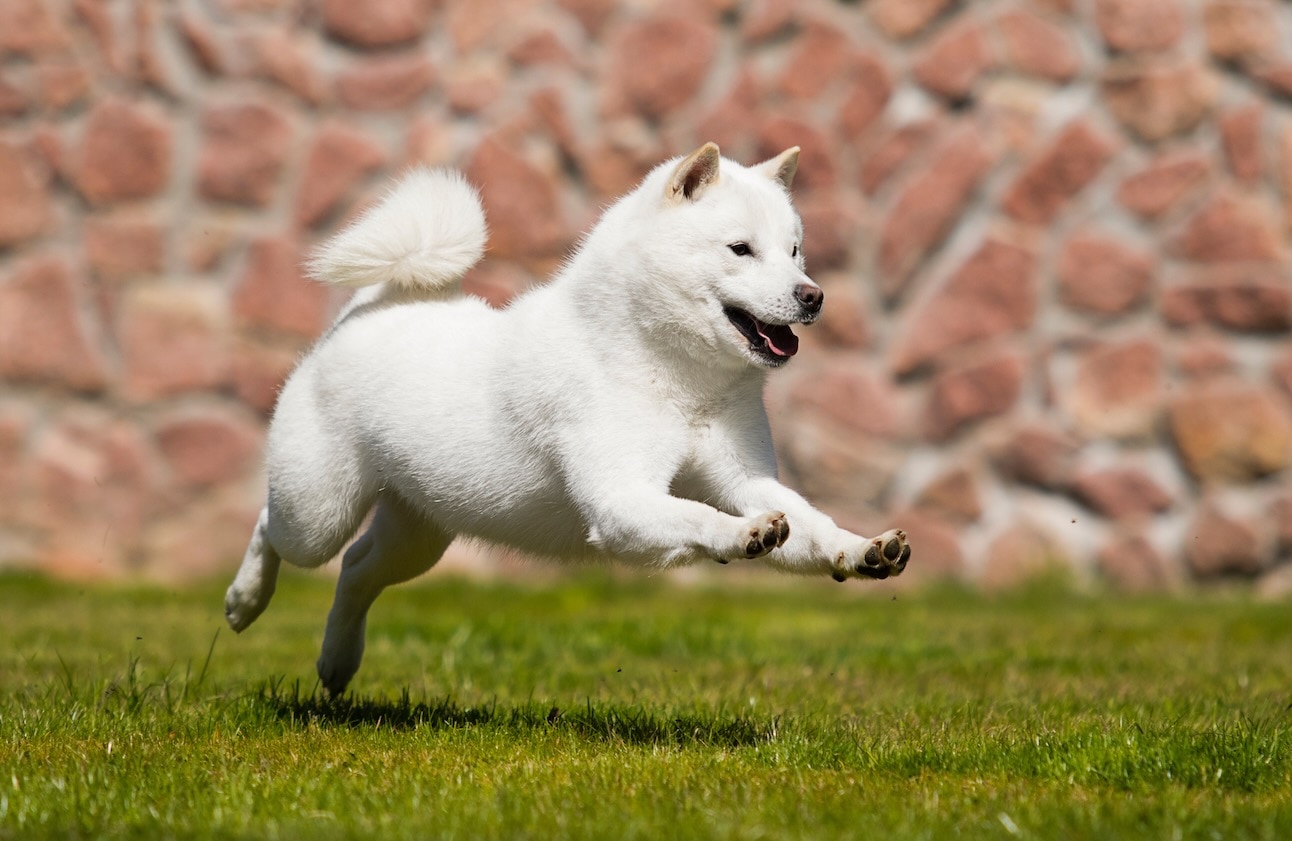
Photo by Adobe/Happy monkey
- Size: 44–66 pounds
- Life expectancy: 12–15 years
- Temperament: Devoted, active, intelligent
If you’re looking for a fluffy, loyal, Velcro dog, a Hokkaido might be for you. This breed loves to follow their human parents around and, according to the Hokkaido Association of North America, is prone to separation anxiety. Because of this, the Hokkaido dog does best in a quiet environment with homebodies.
These dogs also need a lot of exercise, according to the breed club. While Hokkaido were bred to be hunting dogs, they do well with other activities, like learning tricks or agility training.
Recommended Product
3. Japanese Chin
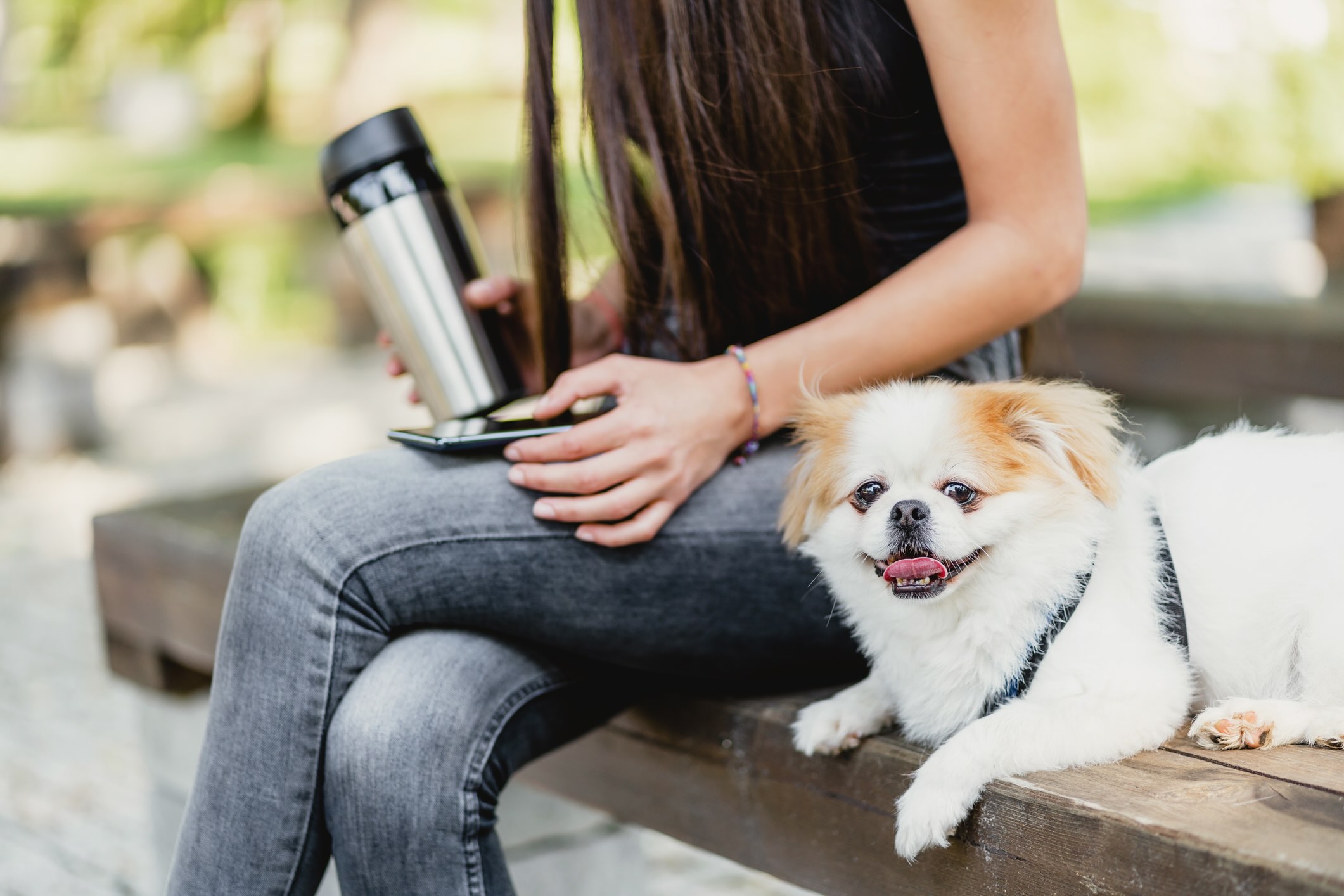
Photo by YorVen/E+ via Getty Images
- Size: 7–11 pounds
- Life expectancy: 10–12 years
- Temperament: Strong-willed, bright, amusing
Technically, the Japanese Chin originated in China, not Japan. But it was in Japan where the breed thrived, and the island country eventually introduced these lovable lapdogs to the world.
Japanese Chin are rather cat-like; expect to find them perched on the top of your couch. They also don’t need as much exercise as a lot of other breeds—about 20 or 30 minutes per day is perfectly OK, and a neighborhood walk can do the trick.
This Japanese dog is also known to spin while standing on their hind legs, a move known as the “Chin spin.”
4. Japanese Spitz
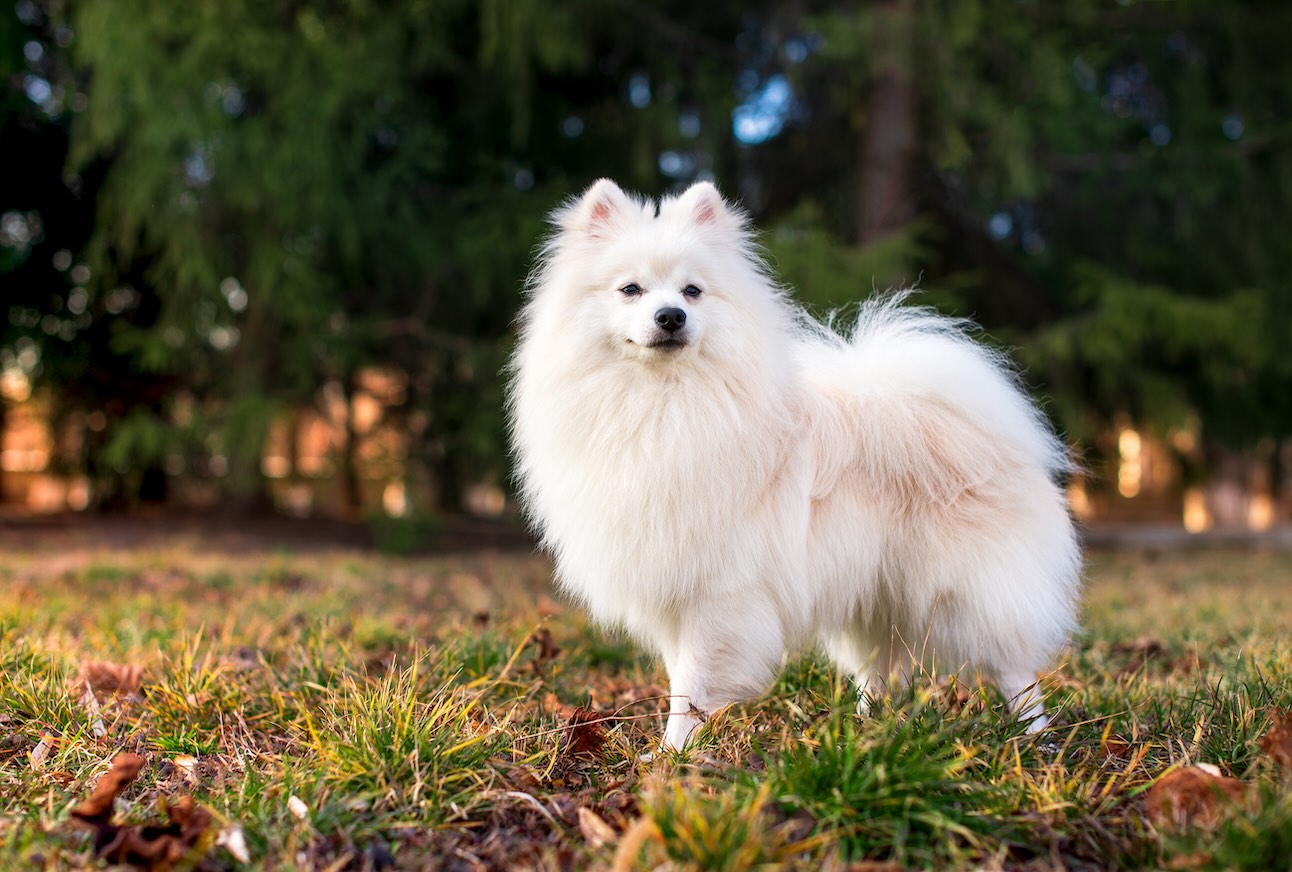
Photo by Adobe/See Less
- Size: 10–25 pounds
- Life expectancy: 10–14 years
- Temperament: Funny, affectionate, adaptable
The Japanese Spitz is an adaptable small dog who can fit well into almost any lifestyle. Their fluffy white coat needs lots of upkeep; pet parents need to brush their dog daily with a FURminator brush and regularly wipe their eyes to prevent tear staining.
Recommended Products
5. Japanese Terrier
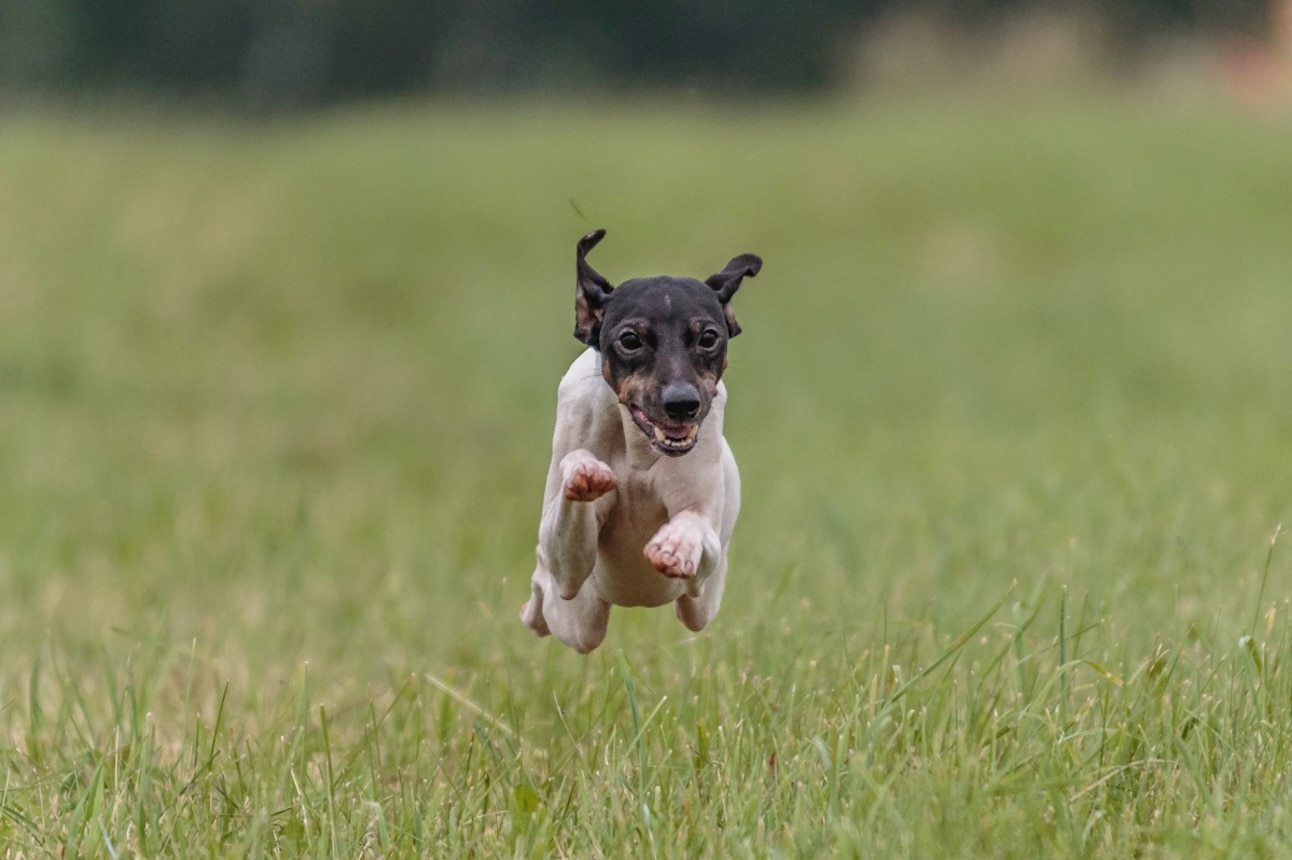
Photo by Adobe/Aleksandr Tarlokov
- Size: 10–12 pounds
- Life expectancy: 13–15 years
- Temperament: Intelligent, alert, active
This rare dog breed has a typical terrier temperament: alert, observant, energetic, and intelligent. Standing just 13 inches tall, tops, the Japanese Terrier is a spunky little dog with a lot of love to give the right person.
Unlike the other Japanese dogs, Japanese Terriers have a short and smooth coat that doesn’t need much grooming. They’re descended from an early Smooth Fox Terrier, according to the Japanese Terrier Club of America, which came to Japan from the Netherlands around 1700.
6. Kai Ken
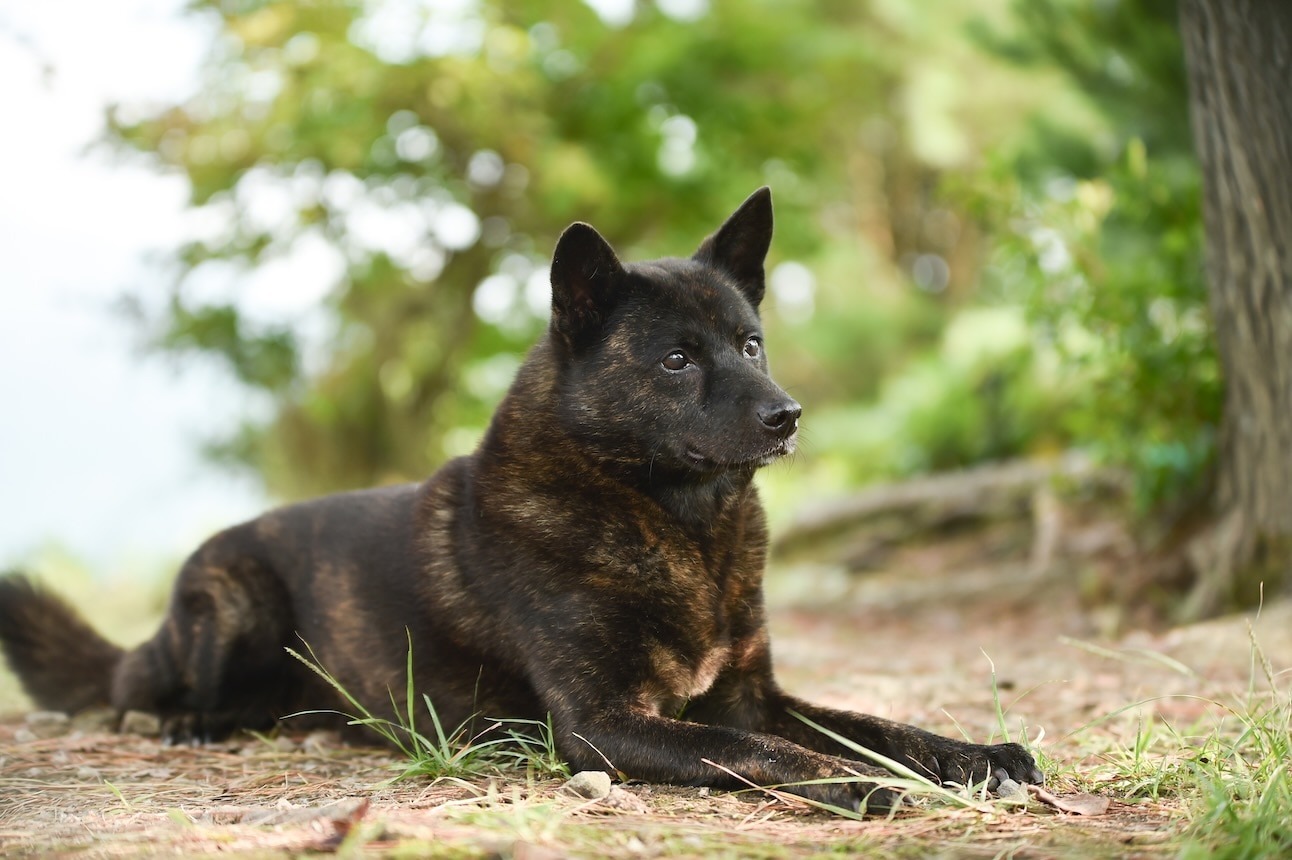
Photo by Adobe/studio Hoto
The Kai Ken is an ancient dog breed from Japan, according to the Kai Ken Society of America. They’re easy to identify because of their brindle coat, which looks like tiger stripes.
Kai Ken like to please their people and are athletic dogs, but don’t let them off-leash in areas that aren’t fenced in—their natural prey drive might tempt them to chase other animals. But they’ll love joining you on a leashed walk, run, or hike.
Recommended Products
7. Kishu Ken
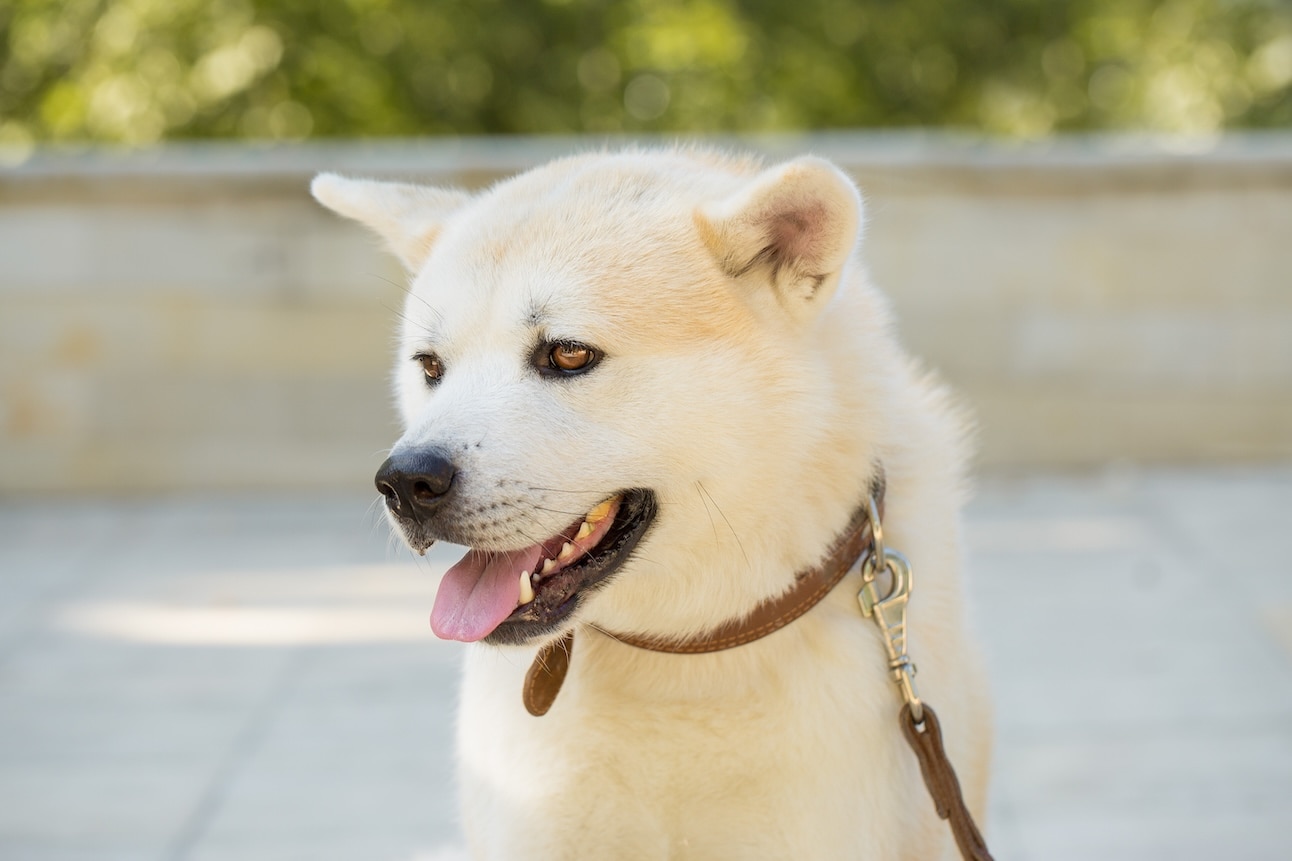
Photo by Adobe/Mountains Hunter
- Size: 30–60 pounds
- Life expectancy: 12–15 years
- Temperament: Energetic, affectionate, spirited
The Kishu Ken, another Japanese dog first used for hunting, is very energetic and hard to wear out. They need an active family to take them on walks and hikes, and Kishu Ken can thrive in dog sports like agility, Rally, and nose work.
But don’t be surprised if there are days when your Kishu Ken wants to relax on the couch. They just need enough exercise first, according to the National Kishu Ken Club.
8. Shiba Inu
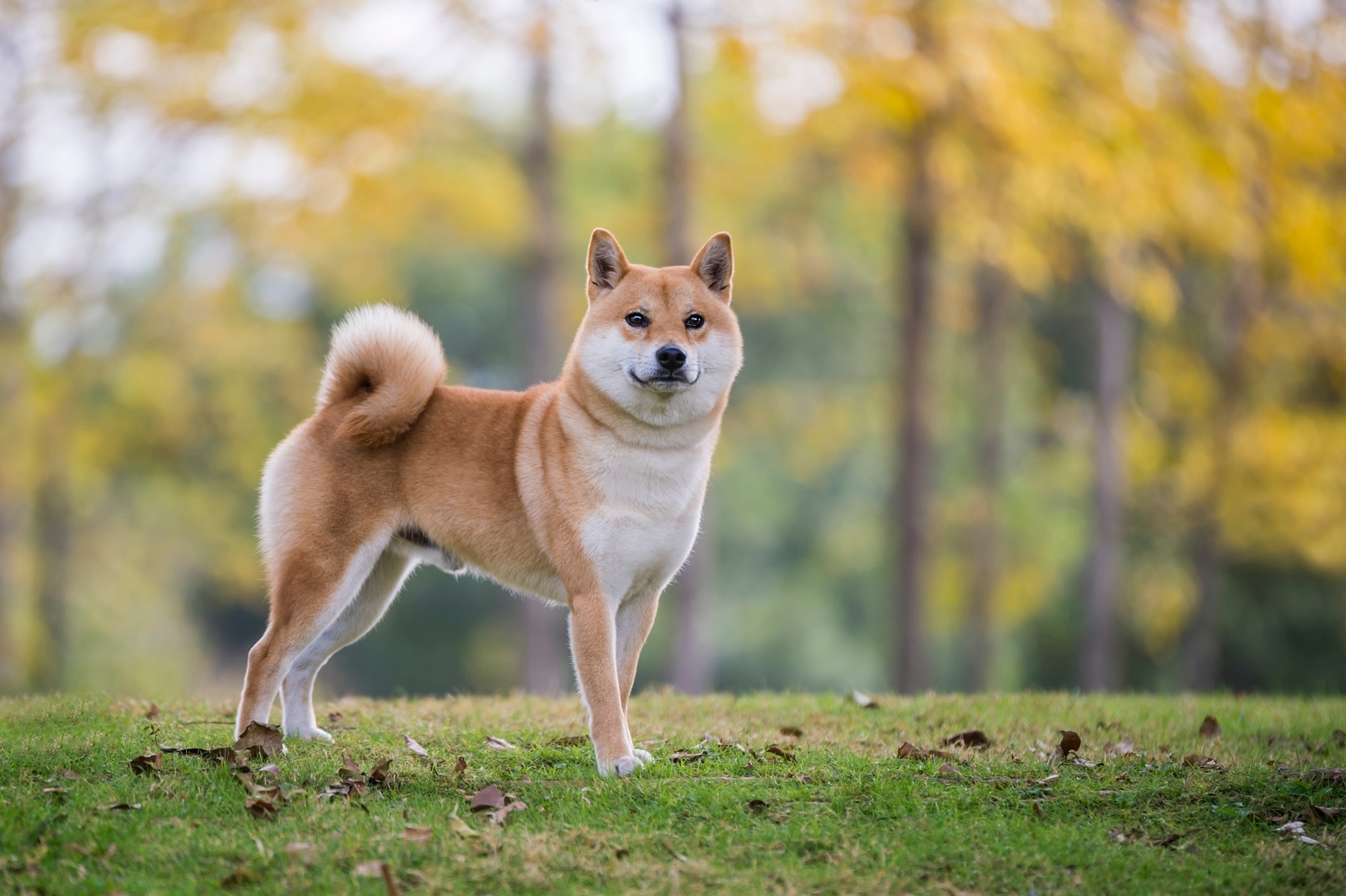
Photo by chendongshan/iStock / Getty Images Plus via Getty Images
- Size: 17–23 pounds
- Life expectancy: 13–16 years
- Temperament: Affectionate, aloof, quirky
Shiba Inu are the most popular Japanese dogs in the U.S., and it’s easy to see why. They’re small, they’re cute, and they love their humans.
Though Shibas may be shy toward strangers at first, make sure they receive plenty of consistent socialization throughout their lives to help them become more confident when meeting new people.
Shiba Inu can do well in homes of any size, from small city apartments to sprawling rural estates, as long as they get enough exercise. They’ll let you know if they’re feeling cooped-up or bored with their characteristic “Shiba scream” vocalization.
9. Shikoku
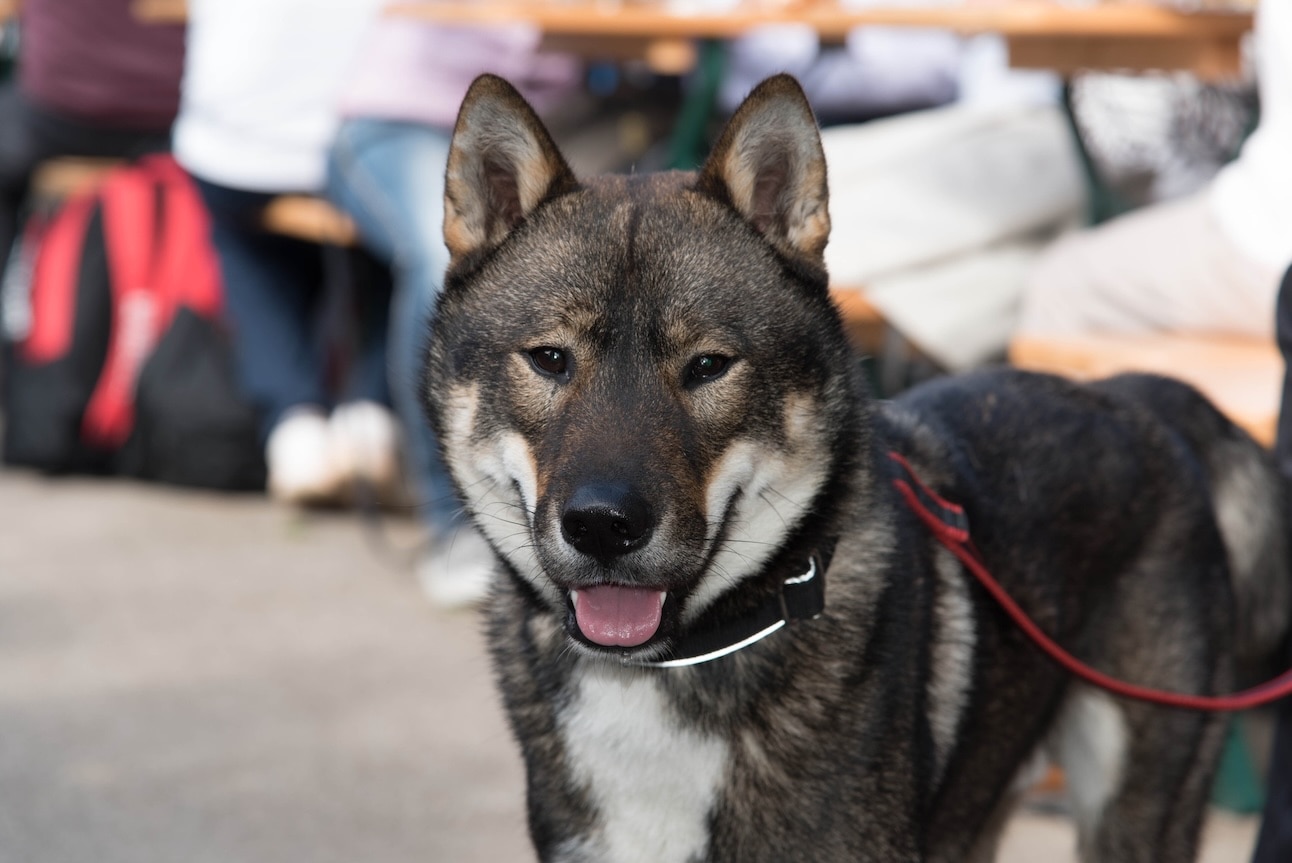
Photo by anahtiris/iStock / Getty Images Plus via Getty Images
- Size: 35–55 pounds
- Life expectancy: 10–12 years
- Temperament: Determined, devoted, enthusiastic
Shikoku are bred to have three key traits, according to the American Shikoku Ken Club: kan/i (tenacity), ryousei (devotion), and soboku (rustic natural beauty). These combined traits make the Shikoku a Japanese dog breed who’s steadfastly committed to their pet parents, but who does best with an experienced person to guide them.
Shikoku dogs also originated as hunters, and the breed is athletic and alert. Make sure they get lots of outdoor exercise and prioritize socialization.
10. Tosa
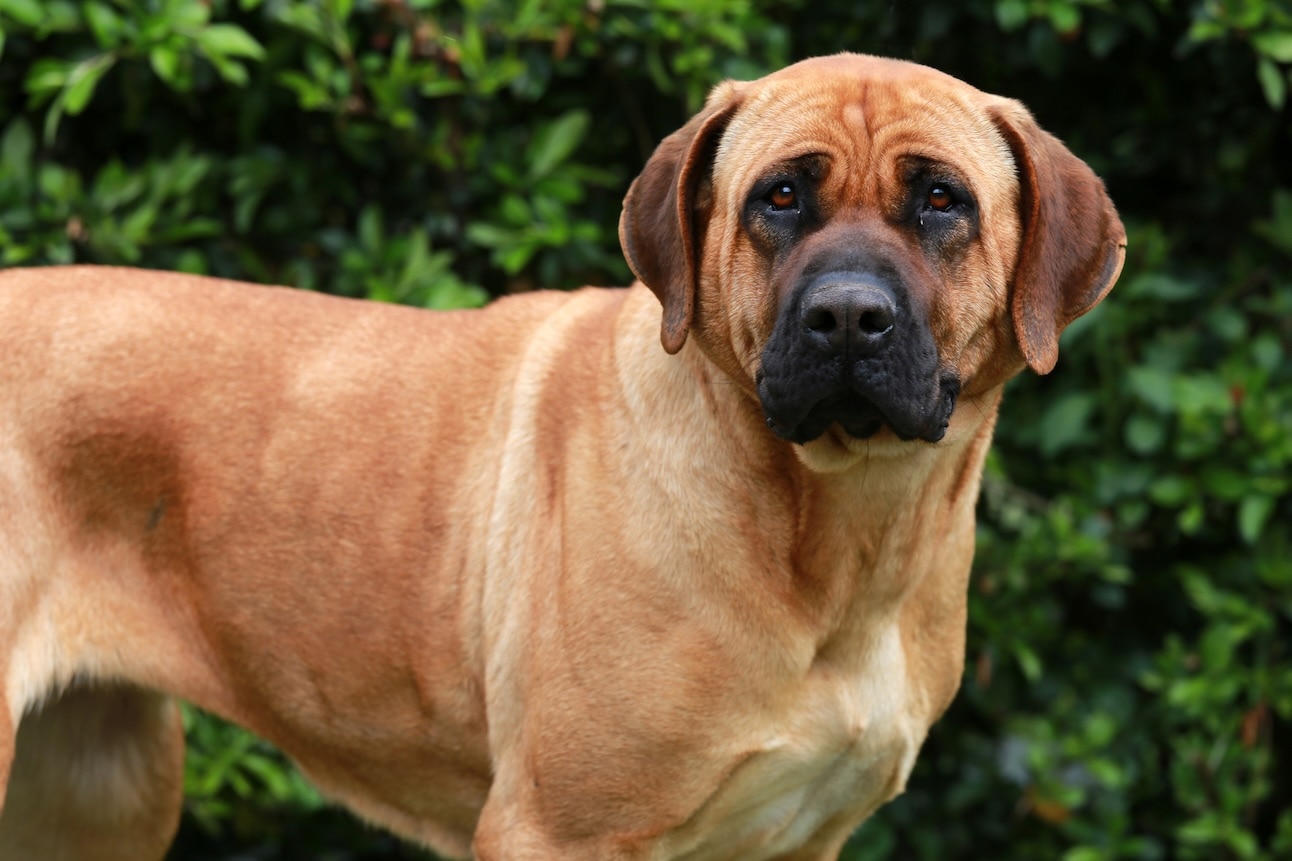
Photo by acceptfoto/iStock / Getty Images Plus via Getty Images
- Size: 100–200 pounds
- Life expectancy: 10–12 years
- Temperament: Patient, bold, tranquil
Of all the Japanese dog breeds, the Tosa is the biggest. These giant dogs can weigh up to 200 pounds, and while they have lower energy needs compared to other Japanese dogs, they do need a significant amount of mental stimulation.
While they’re loving toward their family members, they aren’t known for warming up to strangers quickly. They may also prefer to be the only dog at home (but remember—every dog is an individual with their own personality!).
FAQs About Japanese Dogs
Which Japanese dog breeds are considered natural monuments of Japan?
Six Japanese dogs are considered living natural monuments: the Akita, Hokkaido, Kai Ken, Kishu Ken, Shiba Inu, and Shikoku.
Why are Shiba Inu so popular?
The Shiba Inu is a popular breed because they are small and have a unique, fox-like appearance. They’re one of the 50 most popular dog breeds in the U.S.
